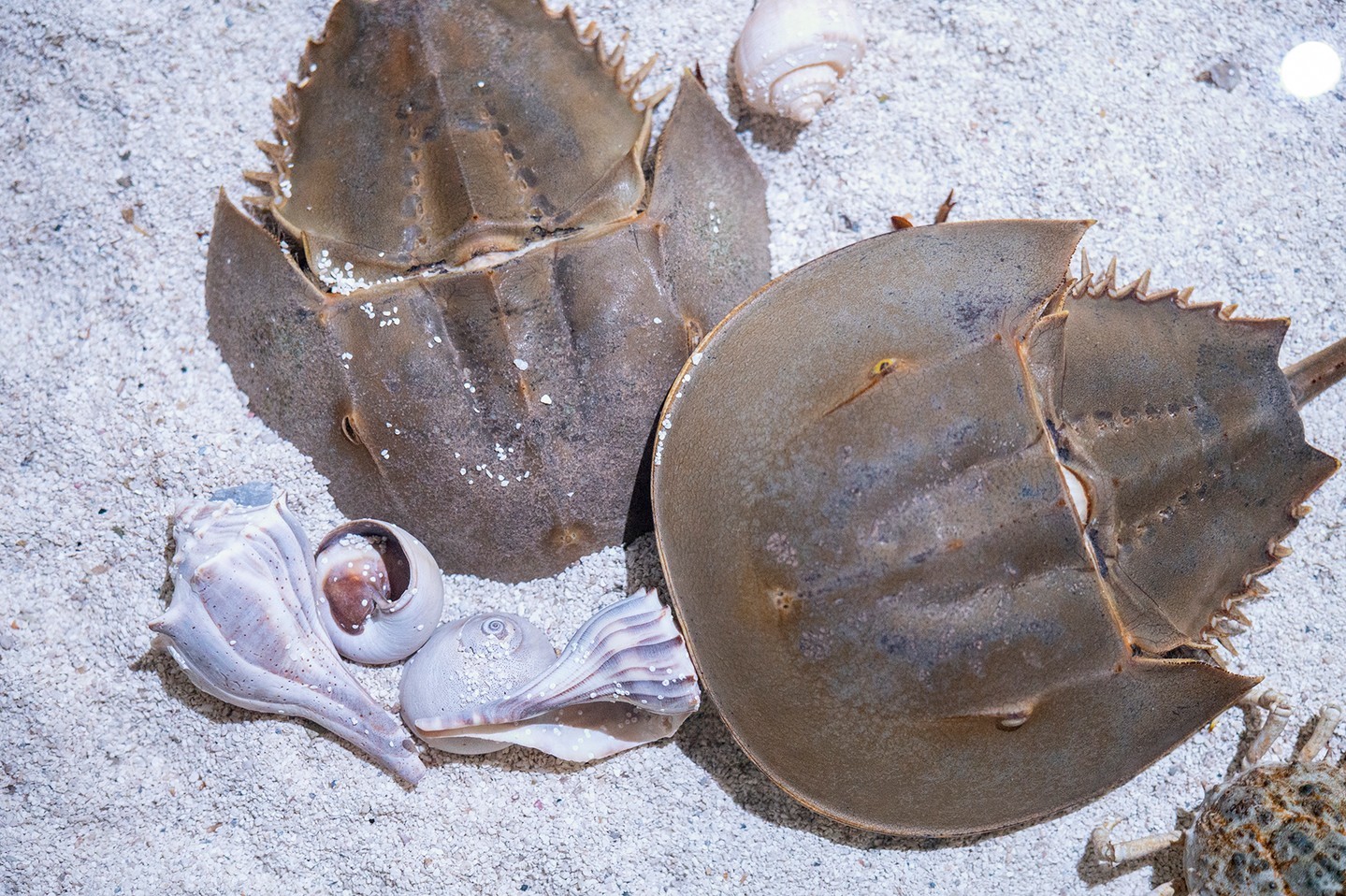- Understand the evolutionary history and classification of horseshoe crabs, highlighting their relationship to arachnids rather than crabs.
- Explore the unique anatomical features and behavioral ecology of horseshoe crabs that have enabled their survival for millions of years.
- Discuss the significant role horseshoe crabs play in both marine ecosystems and human health through their ecological functions and medicinal values.
- Address conservation concerns and the innovative strategies established to protect horseshoe crab populations amid environmental and anthropogenic pressures.
- Highlight the importance of public awareness and education in encouraging conservation efforts for horseshoe crabs and their habitats.
Horseshoe crabs are fascinating creatures, often misunderstood due to their name suggesting a relationship to crabs. Scientifically known as Limulidae, these ancient arthropods have persisted through history, surviving multiple mass extinctions. Despite their name, horseshoe crabs are more closely related to arachnids like scorpions and spiders. This classification into the subphylum Chelicerata, along with their long evolutionary history, draws a picture of resilience and adaptation. Their body structure, segmented and covered by a hard shell, reflects adaptations that have remained unchanged for hundreds of millions of years, showcasing them as living fossils. Understanding their phylogenetic position provides valuable insights into the evolutionary pathways of early arthropods.
Characterized by their dome-shaped carapace, hinged segments, and long, pointed tail spike (telson), horseshoe crabs exhibit distinctive anatomical features. This structure aids in their movement and enables them to right themselves if overturned by waves. Beneath the shell, their anatomy reveals book gills for underwater breathing and articulating pincers adapted for manipulating food. They inhabit sandy and muddy coastal waters, displaying significant mobility for foraging. Their simple yet effective eyes, combined with their ability to sense light and dark, help them navigate and respond to environmental cues, showcasing a simple yet effective sensory system critical for survival. This blend of primitive and advanced features underpins their long-standing ecological success.
Horseshoe crabs play a pivotal role in marine ecosystems. Their eggs provide essential nutrition for migratory shorebirds, especially the red knot, whose survival hinges on the horseshoe crab spawning periods. The spawning of horseshoe crabs also stimulates nutrient cycling in coastal areas, affecting broader ecological interactions. However, their significance extends beyond ecological contributions. Their blue blood contains a substance called Limulus Amebocyte Lysate (LAL), vital for biomedicine. LAL is used globally to detect bacterial endotoxins in medical applications, underscoring the reliance on horseshoe crabs for safe pharmaceuticals. Hence, their significance is not purely environmental but deeply ingrained in human health and safety.
Despite their importance, horseshoe crabs face threats from habitat destruction, climate change, and overharvesting for bait and biomedical purposes. Their slow reproductive rate compounds these pressures, making population recovery challenging. Effective conservation strategies have been initiated, emphasizing sustainable harvesting practices and habitat restoration to balance ecological needs and human benefits. Additionally, the development of synthetic LAL alternatives aims to alleviate harvesting pressures. These measures highlight ongoing efforts to preserve horseshoe crab populations while accommodating human interests. Collaborative conservation programs and policies play a crucial role in maintaining these efforts effectively.
Public involvement and awareness are fundamental in driving conservation success. Educational programs and outreach initiatives outline the ecological and biomedical significance of horseshoe crabs, fostering a conservation mindset. Zoos and aquariums serve as platforms for learning, enabling hands-on experiences that deepen understanding and appreciation. Community science projects, promoting volunteer participation in monitoring and safeguarding habitats, further anchor conservation into societal actions. These initiatives empower individuals to contribute actively to horseshoe crab preservation, shaping positive conservation outcomes. Efforts to enhance horseshoe crab conservation require commitment and shared responsibility, reinforcing the need for informed public action and education.
The enduring presence of horseshoe crabs, emblematic of ancient survival and modern utility, continues to mark their significance in ecological studies and biomedical advancements. Understanding their evolutionary history, ecological importance, and the conservation challenges they face lays the groundwork for sustained protection efforts. These fascinating creatures captivate the imagination, driving continued appreciation and stewardship—aligning human and ecological interests for a balanced future.
*****
Source Description
Want to learn more about horseshoe crabs? Did you know they are more closely related to scorpions and spiders than crabs? Read more on our new monthly meet the animal blog! https://bit.ly/4gqDf3s


